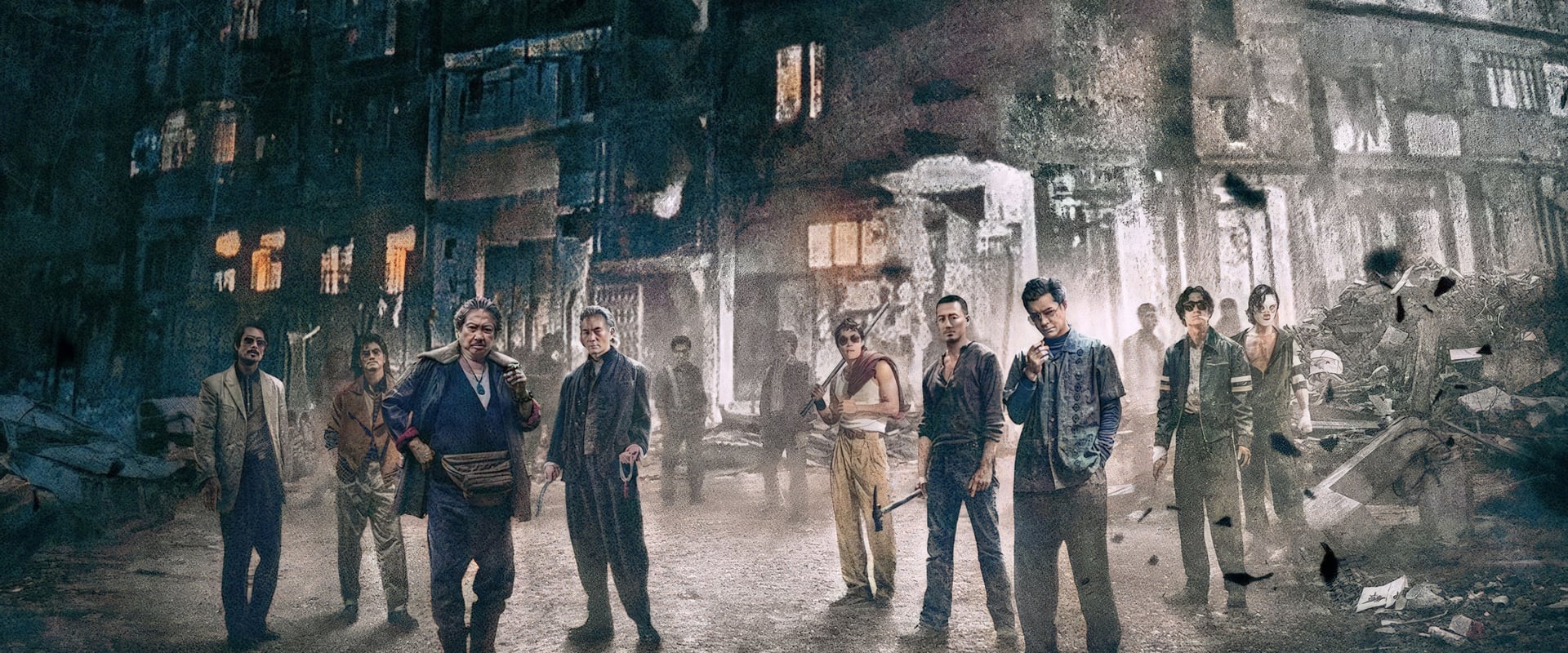It would be generous to call Red Sparrow a thriller in the classic sense—what Francis Lawrence has delivered is more of a stylish fever dream of espionage, its patchwork of betrayals pinned together with body blows and performances that shiver with self-awareness. Emerging from the current Hollywood fixation on shadow governments and the bruised souls who serve them, Red Sparrow strives for the sophistication of le Carré but gives us the lurid pulps of a post-Snowden universe instead: sex as weapon, trust as currency, trauma as curriculum vitae.
At the icy heart is Jennifer Lawrence, who, despite being enveloped in acres of Soviet-motif angora and lacquered misery, still manages to make Dominika Egorova a compelling vessel for pain and calculation. One doesn’t so much watch Lawrence as feel her straining against the film’s machinery, demanding attention through eyes that speak louder than her dialogue ever could. And what a machinery Francis Lawrence constructs: a world of hard marble floors and harder hearts, dripping with the implication that cruelty is just another bureaucratic tool.
The film’s opening pirouettes—Dominika, a prima ballerina, maneuvered out of grace by those who exploit beauty for both patriotism and profit—promise something close to mythic resonance. But once she is dispatched to Sparrow School (the sort of place where lecherous headmistresses deliver lessons in submission with a cadence as crisp as a KGB firing squad), all subtlety vanishes in favor of rote humiliation. The spirit of La Femme Nikita hovers somewhere offscreen, perhaps rolling its eyes.
The supporting cast appears mostly as coat-holders for Lawrence’s anguish. Joel Edgerton, American agent and emotional wallpaper, is the kind of hero only a screenwriter could love; his romance with Dominika is supposed to be smoldering but generates more warmth from Moscow’s wintry backstreets. Matthias Schoenaerts, all dead-eyed calculation as Dominika’s uncle, squares his jaw and moves through the plot like a misplaced Bond villain. Even Charlotte Rampling, reliably sinister, here dispenses the film’s dogma with the affect of someone ticking off boxes for an ethics committee rather than running a den of assassins.
As espionage narratives go, Red Sparrow is a tangled skein—so enamored with twist after sullen twist it forgets that the audience needs a reason to care, or even to keep up. The film’s structure is less a Rubik’s Cube than a nesting doll missing its innermost piece. By the time the final betrayal ricochets through yet another corridor of spycraft, we are too weary to be shocked or moved. The thrills, such as they are, come caked in bruises; the violence is so frankly blunt and unsparingly presented that it ceases to thrill, becoming instead a numbing dirge for feminine exploitation. Is this a portrait of strength in the face of systemic cruelty, or simply cinematic rubbernecking? The film shrugs, and so do we.
If Red Sparrow has an asset, it lies not in its imagined tradecraft or its heartbreak, but in its aesthetic coldness. The European locations glimmer with frost and menace—relentlessly beautiful, relentlessly impersonal. The camera hovers, clinical and detached. Every room seems to echo with the ghosts of Cold Wars past, though the film’s ambitions to diagnose the present don’t quite take root. The Cold War is reborn here as costume, not conviction.
One emerges from Red Sparrow more exhausted than exhilarated. Its best scenes hint at a more interesting film—a story where sexual politics and national loyalty might actually tangle themselves into new questions, rather than old vindications of brutality. But instead of a ballet of intrigue, we get a sledgehammer: watch, flinch, repeat. Lawrence gives what she can, and one can’t help but mourn the movie she might have had, something that played to her gifts and not merely her forbearance.
There are moments of real tension, glancing instances when the possibility of a woman reclaiming agency within a system built to crush her flickers across the screen. But they’re quickly drowned in the next round of cold, muddy violence, or overwritten by a line of dialogue that clangs with all the resonance of a gun dropped in a bathhouse.
Red Sparrow wants to say something final about power, about exploitation beneath the flag of duty—indeed, about the strange comfort of living in a spy’s world where only betrayal is predictable. But what lingers is a sense of struggle, not transcendence. It’s a movie of missed connections: between its ambition and execution, its heroine and her world, its violence and any true catharsis.
Perhaps that’s the point—modern espionage as a grind of body and spirit, a pageant with no prince. Yet one wishes for more than exhaustion, for a sharper edge, a living pulse beneath the bruises and betrayal. Red Sparrow is a thriller that freezes over before it can ignite.


